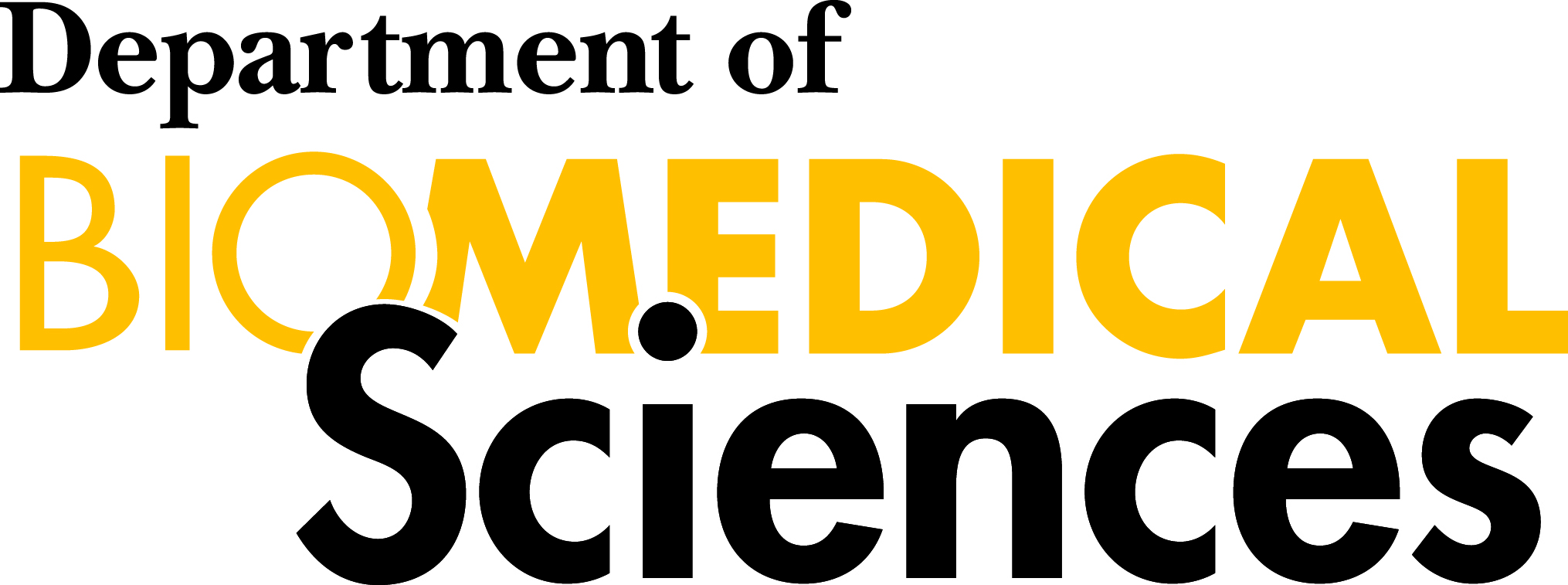I. PRINCIPLE
Integrated Pest Management (IPM) is an important part of managing a laboratory facility. Many pests, such as flies and cockroaches, can mechanically transmit disease pathogens and compromise the research environment. Even the presence of innocuous insects can contribute to the perception of unsanitary conditions. The most common approach to pest control has been the application of pesticides, either as a preventive or remedial measure. Pesticides can be effective and may be necessary as a corrective measure, but they have limited long-term effect when used alone. Pesticides also can contaminate the laboratory environment through pesticide drift and volatilization. To control pests and minimize the use of pesticides, it is necessary to employ a comprehensive program approach that integrates housekeeping, maintenance, and pest control services. This method of pest control is often referred to as IPM. The primary goal of an IPM program is to prevent pest problems by managing the facility environment to make it less conducive to pest infestation. Along with limited applications of pesticides, pest control is achieved through proactive operational and administrative intervention strategies to correct conditions that foster pest problems.
II. SCOPE
This policy applies to all students, non-students, and staff at the University of Wisconsin-Milwaukee that utilize and/or require access to restricted areas in the Department of Biomedical Sciences teaching labs. Restricted areas include Enderis Hall B70, B72, B76, B78, B80, B86, B88, B90 and B92.
III. TRAINING
N/A
IV. PEST CONTROL
Pest control is provided by UWM Environmental Services at their expense. The outside pest control vendor comes every 2nd ant 4th Thursday of the month for preventative treatment, and Environmental Services provides sprays and traps between treatments as needed.
V. PEST CONTROL BEST PRACTICES
Prevention of pest issues is key to maintaining a clean, pest free environment. The following are guidelines to maintain a pest free laboratory space:
1. Remove sources of food, water and shelter.
a. Food and drink are prohibited from laboratory spaces. In non-lab clean spaces, all packaging and food scraps should be placed in hallway trash bins, as these bins are emptied on a more regular schedule than those found in offices, conference rooms, and classrooms. Any spills should be cleaned from tables and floors.
b. In the laboratory, the most likely source of food would be infectious waste, prepared microbiology media, and powdered microbiology media. Reduction of these items and prevention of pest infestation includes:
i. Infectious waste bins should be covered at all times when not in use.
ii. The containers of infectious waste shall be removed and emptied as necessary, but at least every 90 days (Wisconsin Administrative Code NR526). Infectious waste is handled in accordance with policy SAFE 2.0 Biohazardous Waste Disposal.
iii. Prepared microbiology media should be stored appropriately in bags or covered, and disposed of immediately after use. Any spills of liquid or solid media should be cleaned from countertops and floors.
iv. Powdered microbiology media should be closed tightly after every use. Any spilled powder should be cleaned from countertops and floors.
2. Fix leaky plumbing and don’t let water accumulate anywhere in the lab.
3. Clutter provides places for pests to breed and hide and makes it hard to get rid of them. Items such as stacks of newspapers, magazines, or cardboard should be minimal and/or disposed of if not needed.
4. Check for pests in packages or boxes that are delivered to the BMS labs.
VI. RESPONSE TO THE PRESENCE OF PESTS
If pests are found, a trouble report should be completed on the UWM Biomedical Sciences Labs website. The online trouble report is sent to both the teaching and laboratory manager.
Trouble Report: https://uwm.edu/bms-labs/trouble-report-form/
VII. RESPONSE OF LABORATORY MANAGER OR DESIGNEE
If pests are found, contact the Custodial Services Supervisor or designee. Environmental services will provide immediate intervention and place a request for the outside pest control vendor’s services as needed. After intervention, the custodian and building occupants should monitor the pest issue, and further treatment will be initiated by Environmental Services as needed.
Debbie Frank Downer (Custodial Services Supervisor): dmfrank@uwm.edu 414-416-8517
Aretha Johnson (Inventory Control Coordinator): john3346@uwm.edu 414-940-0540
VIII. REFERENCES
De Pons, B. K. (n.d.). Biohazardous Waste Disposal [SAFE 2.0] | Biomedical Sciences Labs. Retrieved from https://uwm.edu/bms-labs/policies-and-procedures/biohazardous-waste-disposal/
Environmental Services – Services Provided | Facility Services. (n.d.). Retrieved from https://uwm.edu/facility-services/services/environmental-services/services/
U.S. Department of Health and Human Services. (2009, December). Biosafety in Microbiological and Biomedical Laboratories 5th Edition. Retrieved from https://www.cdc.gov/labs/pdf/CDC-BiosafetyMicrobiologicalBiomedicalLaboratories-2009-P.PDF
United States Environmental Protection Agency. (2019, May 15). Do’s and Don’ts of Pest Control. Retrieved from https://www.epa.gov/safepestcontrol/dos-and-donts-pest-control
Wisconsin Department of Natural Resources Administrative Codes Chapter NR 526 “Medical Waste Management”. Register, January, 2006, No. 601.
